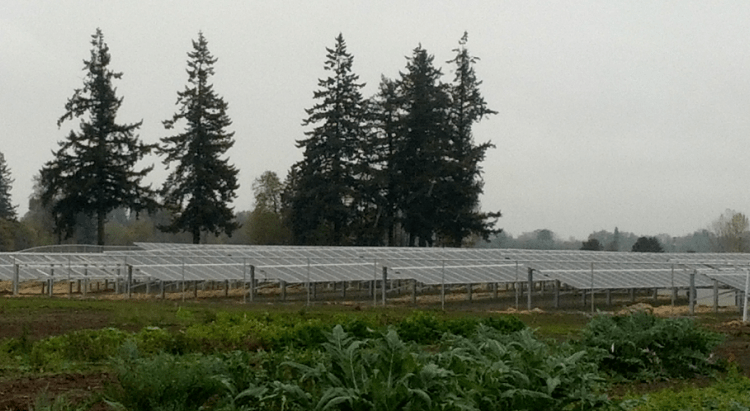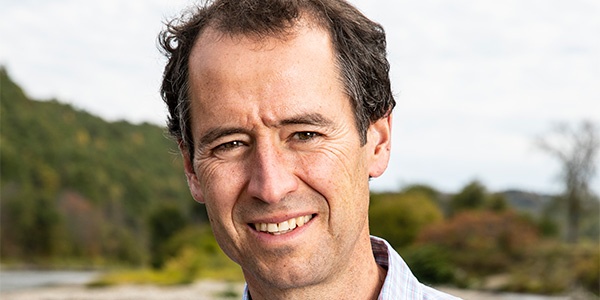We have much more to do and your continued support is needed now more than ever.
What the Clean Power Plan Stay Means

Primarily, what the stay does not do is speak to the legal merits of the plan or overturn the plan, a landmark effort to protect wildlife from the harms of carbon pollution from power plants. What it does do is place a temporary, procedural halt on the plan while a lower court considers the merits.
Here are some questions and answers about the Court’s decision:
Does this decision overturn the Clean Power Plan?
No. The Supreme Court’s short order does not speak to the merits of the Clean Power Plan at all. It simply puts a pause on the obligation states have to comply with the plan until the D.C. federal circuit court rules on the merits. The halt would continue if review of that lower court ruling is sought at the Supreme Court, and the Court either declines to take the case or takes the case and issues its own decision.
What are the next legal steps for the Clean Power Plan?
The federal circuit court case is occurring on an expedited schedule. Briefing is currently underway and oral argument will occur on June 2nd and June 3rd. In all likelihood, a decision will be issued within a few months. The stay will continue if one of the parties involved in the case requests that lower court decision be reviewed by the Supreme Court. A petition for certiorari – or review – to the Supreme Court can be rejected or denied by the Court. If the petition is rejected, the stay will end. If the Supreme Court takes up the case, the stay will remain in effect until the Supreme Court decides the case.

What do we expect from the circuit court?
There is strong legal support for the Environmental Protection Agency’s (EPA) plan. For one, in the 2011 case called American Electric Power v. Connecticut, the Supreme Court held that EPA is authorized to curb power plants’ carbon pollution under the provision of the Clean Air Act on which the plan is built. So, the law is settled that EPA has authority and an obligation to regulate carbon pollution from power plants because EPA has determined the carbon pollution is a pollutant which endangers public health and welfare. Moreover, there is case law supporting the type of flexible, market-based approach to regulating pollution under the Clean Air Act employed by the Clean Power Plan. As such, there is a strong basis to believe that the plan will survive industry challenges.
What should states do next?
Even with the halt, the need to clean up state power sectors across the country is as urgent as ever. Climate change action should not wait for the courts. Public support for the measures in the Clean Power Plan and climate action is high, the power sector is already changing rapidly in favor of cleaner, safer renewable energy, and, despite the delay, a federal obligation to clean up states’ power sectors is a near certainty. Thus, there is every reason for states to move forward with plans to cut their carbon emissions, shift to job creating renewable energy sources, and protect wildlife from the threat of climate change.
Take Action Speak out now for all wildlife by telling your members of Congress to stand strong for the Clean Power Plan!






















